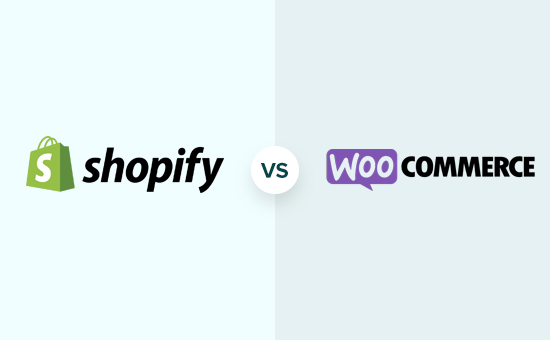Shopify Vs. WooCommerce: What’s Right For You?
By dan,

Shopify and WooCommerce are two of the most popular e-commerce platforms available today, both have their own set of advantages and disadvantages.
Shopify is a proprietary e-commerce platform that is designed for businesses of all sizes. It is a paid service, with plans starting at $29 per month, but it offers a wide range of features and tools, including a user-friendly interface, built-in payment processing, and a variety of design templates and apps to customize the look and functionality of the store. Shopify is a great choice for small businesses and entrepreneurs who want a user-friendly platform with a wide range of features and don’t want to deal with hosting and maintenance.
WooCommerce, on the other hand, is an open-source e-commerce plugin for the WordPress content management system. It is free to download and use, and it can be easily integrated into an existing WordPress website. One of the main advantages of WooCommerce is its flexibility and customization options. With WooCommerce, businesses have complete control over the design and functionality of their online store, and there are many third-party plugins and themes available to enhance the platform’s capabilities. WooCommerce is more suitable for businesses that have existing WordPress website or those who want more control over the design and functionality of their online store.
In terms of cost, WooCommerce is generally considered to be more cost-effective than Shopify, since it is free to use, but it does require the cost of hosting and maintaining a website, while Shopify’s monthly subscription fee is inclusive of hosting.
In terms of scalability, Shopify is designed to handle high-volume sales, while WooCommerce may require additional resources as the store grows.
In terms of payment gateway, Shopify has its own payment gateway, Shopify payment, and also offers a variety of other options to choose from, while in WooCommerce, the payment gateway is an add-on and you have to install a separate plugin for that.
Both Shopify and WooCommerce offer a variety of features and tools to help businesses create and manage an online store. Ultimately, the choice between the two will depend on your specific business needs, technical expertise, and budget.
Filed under: eCommerce, Web Design & Developmnt
Comments: None
